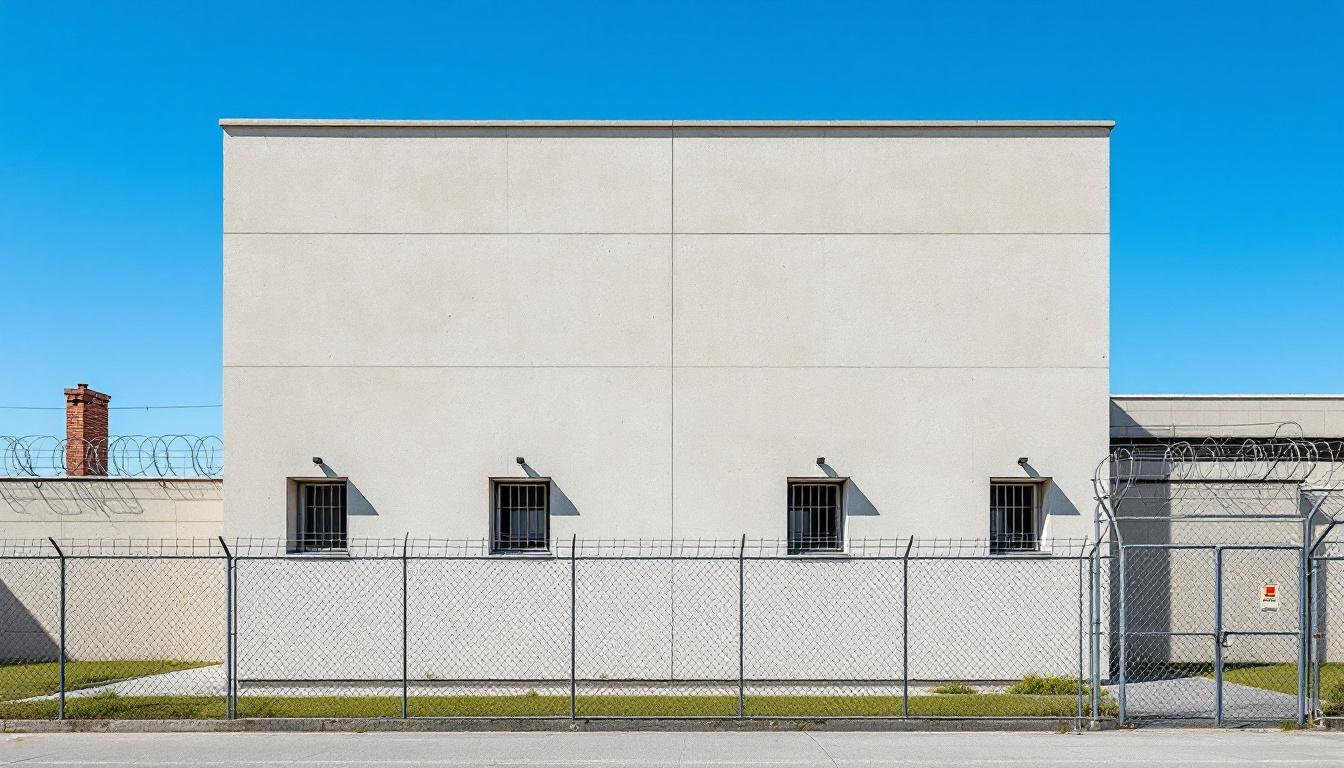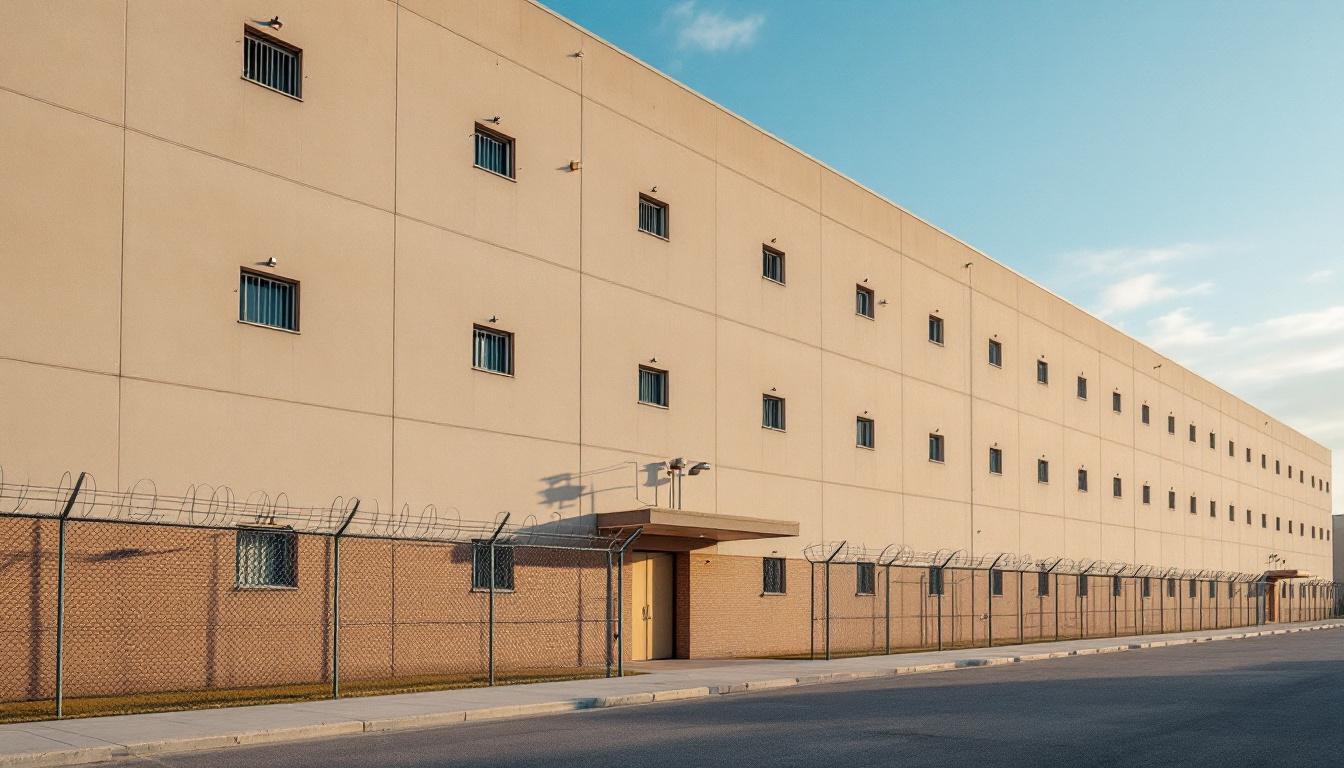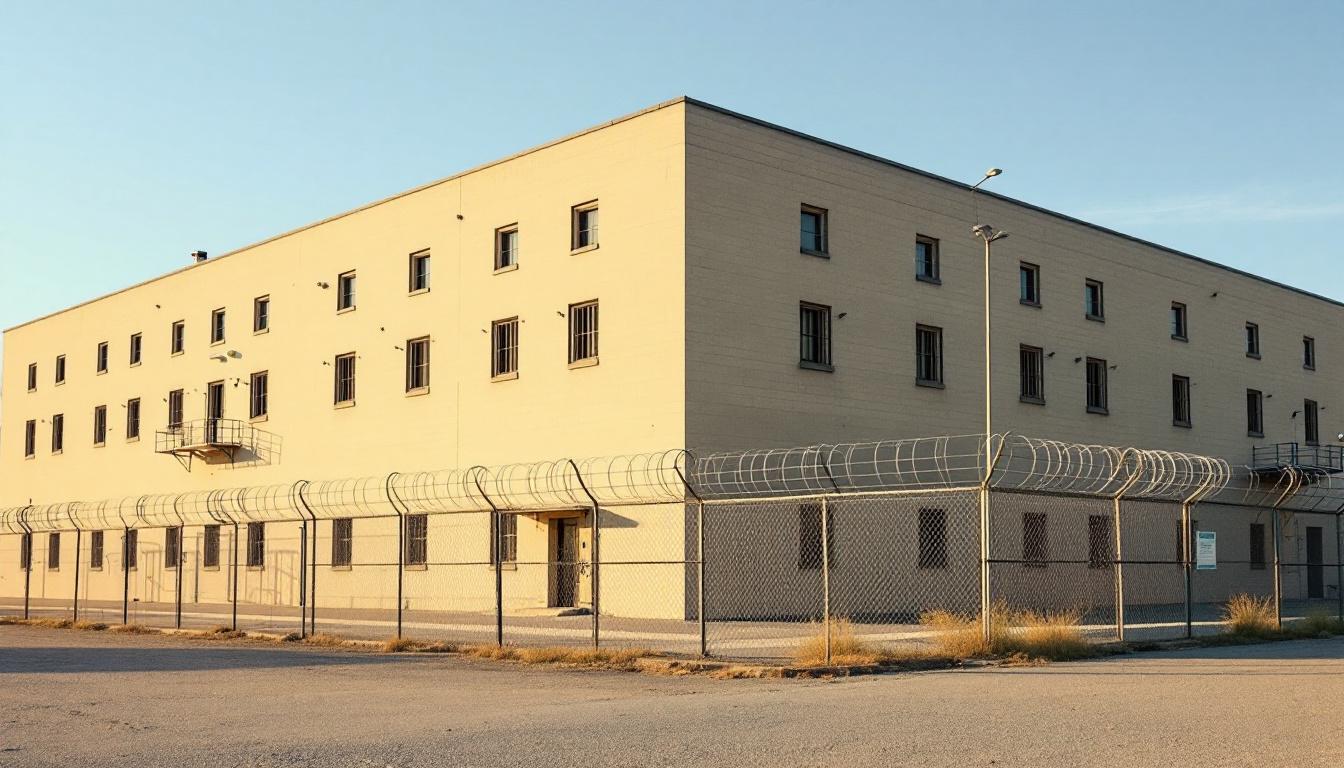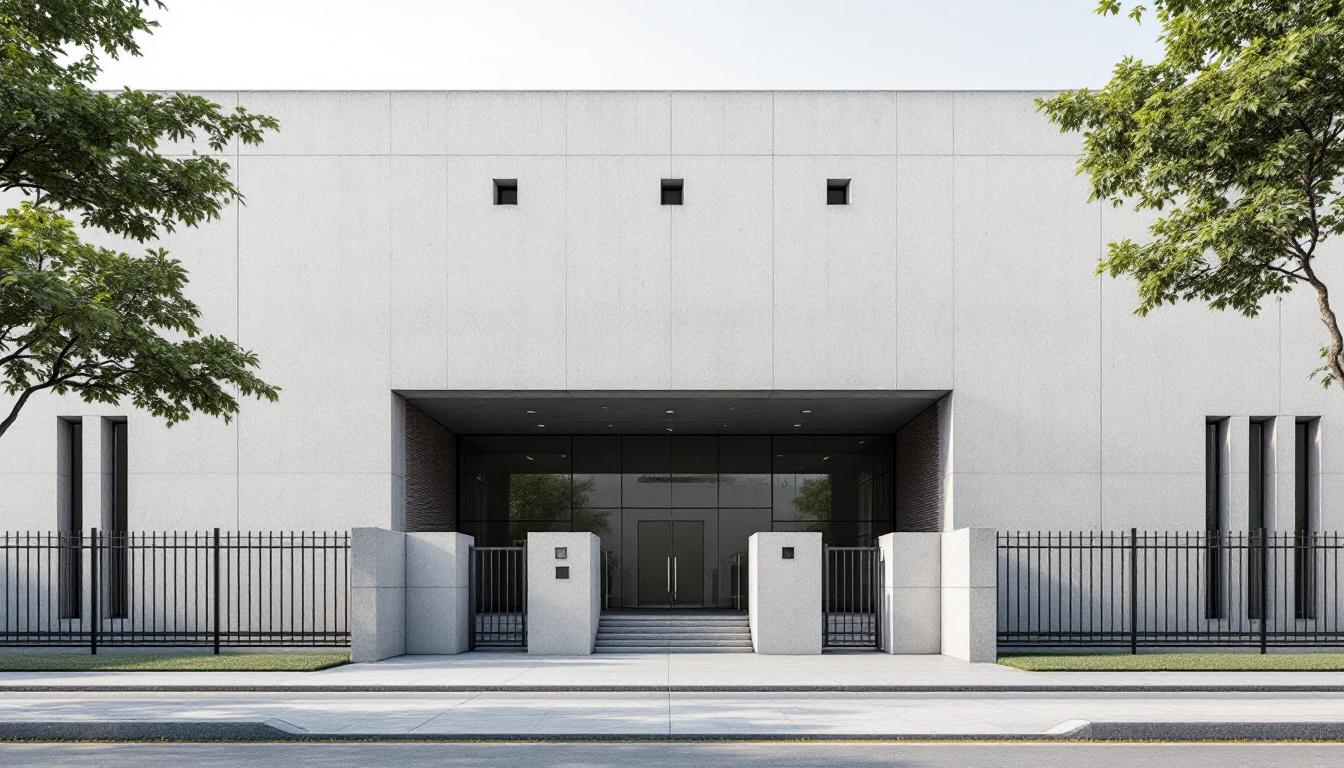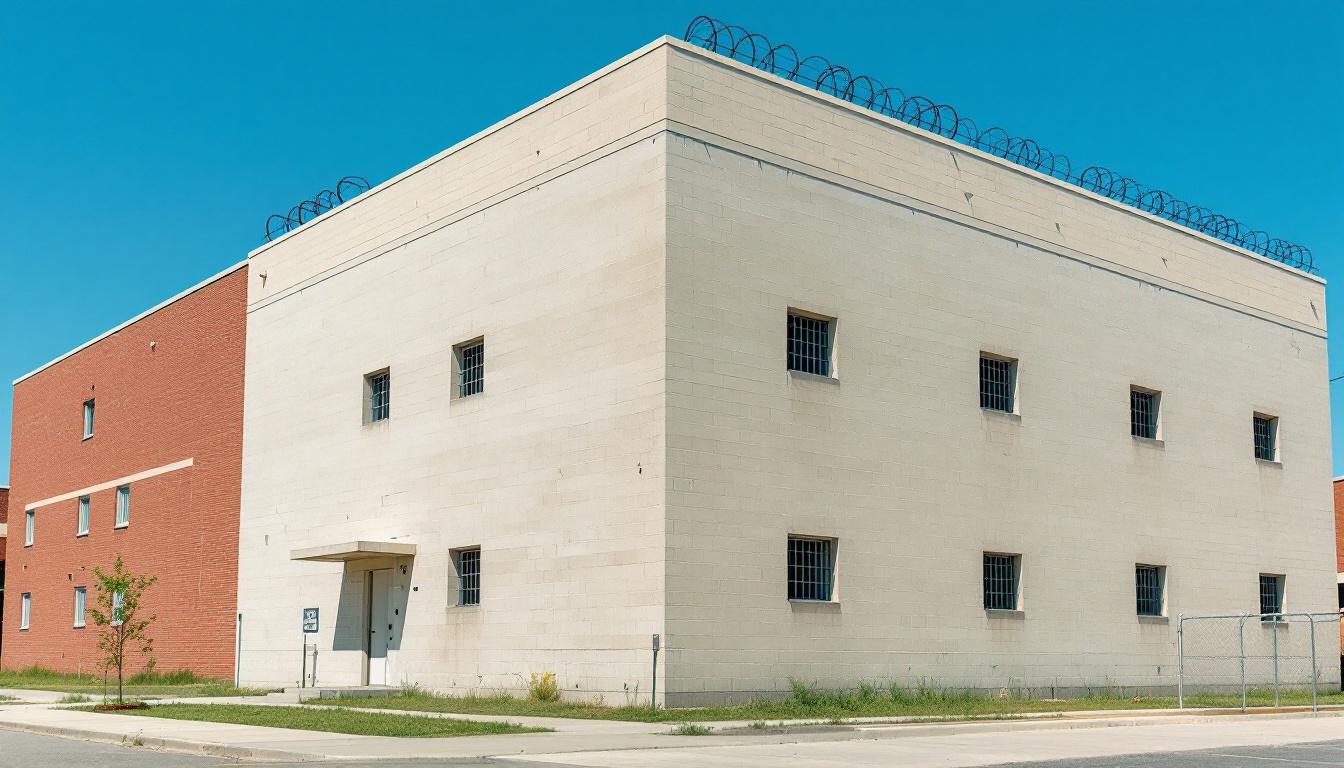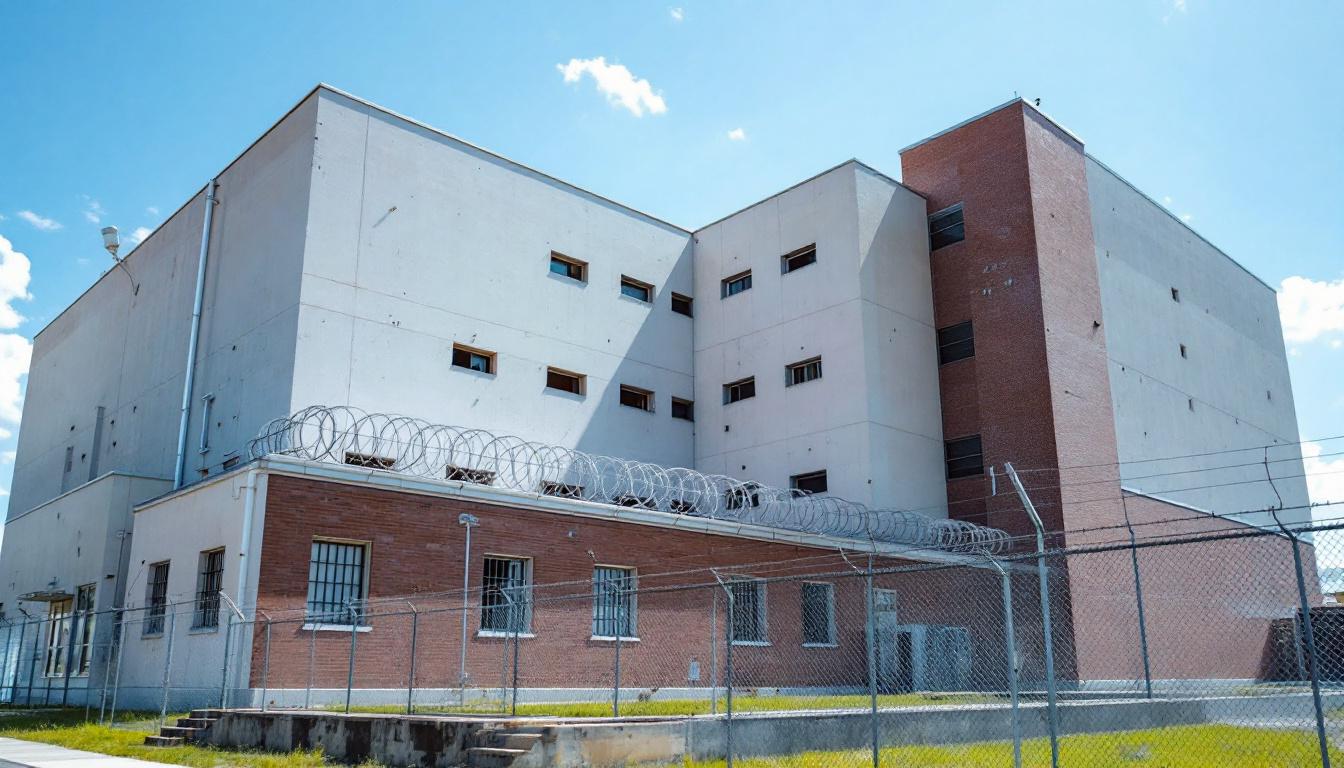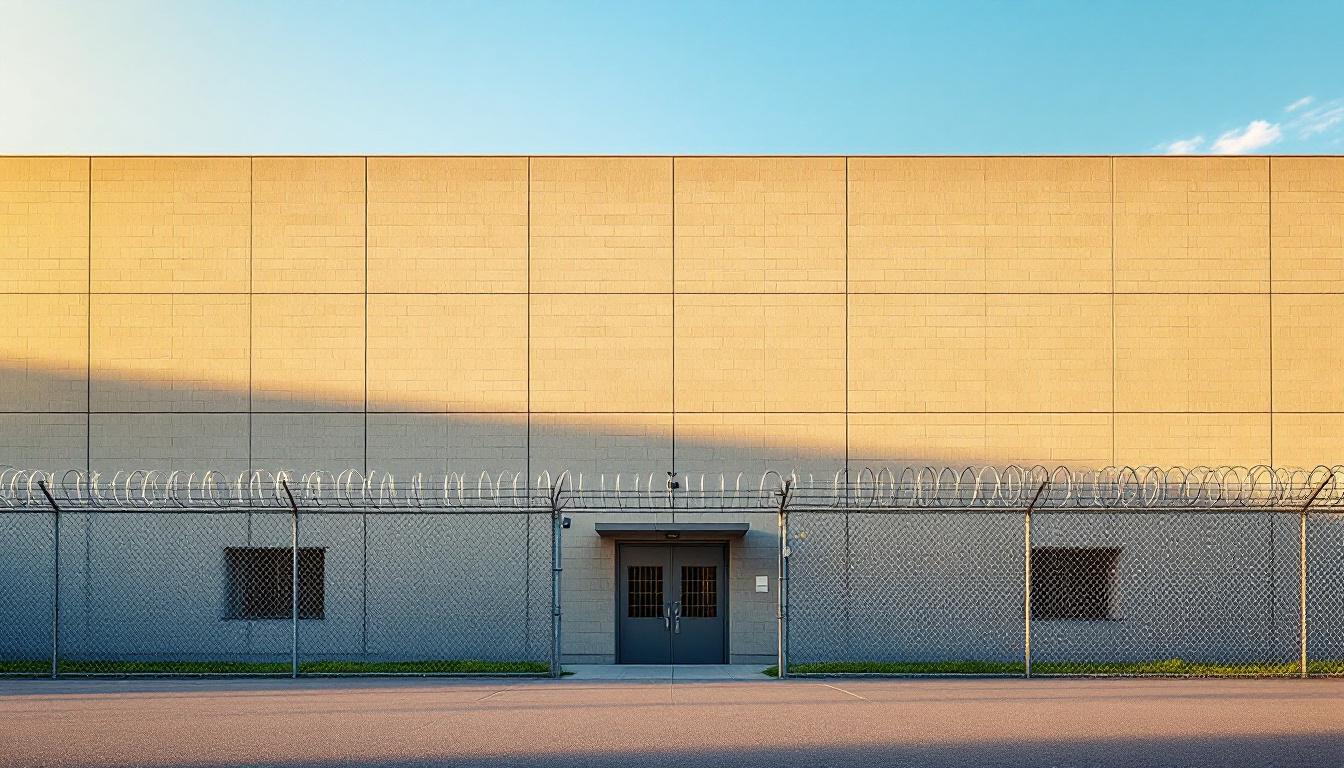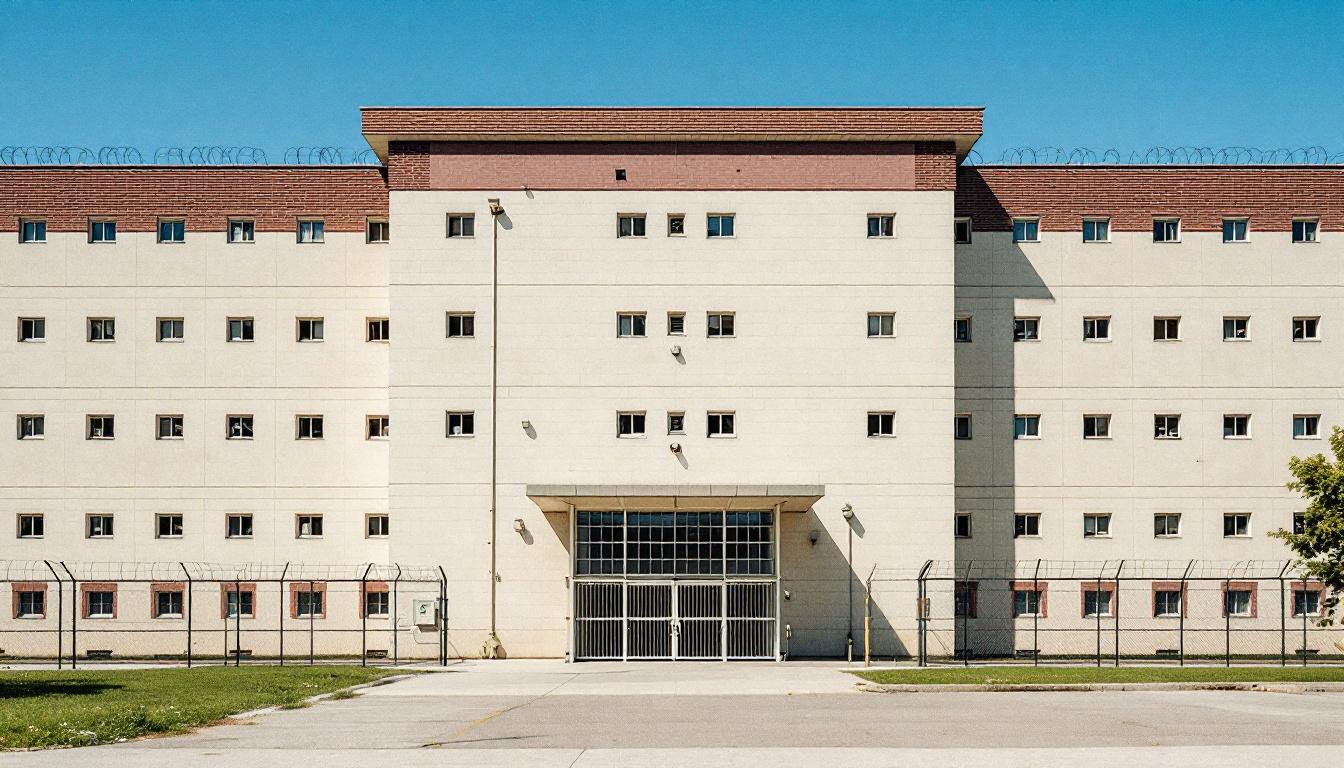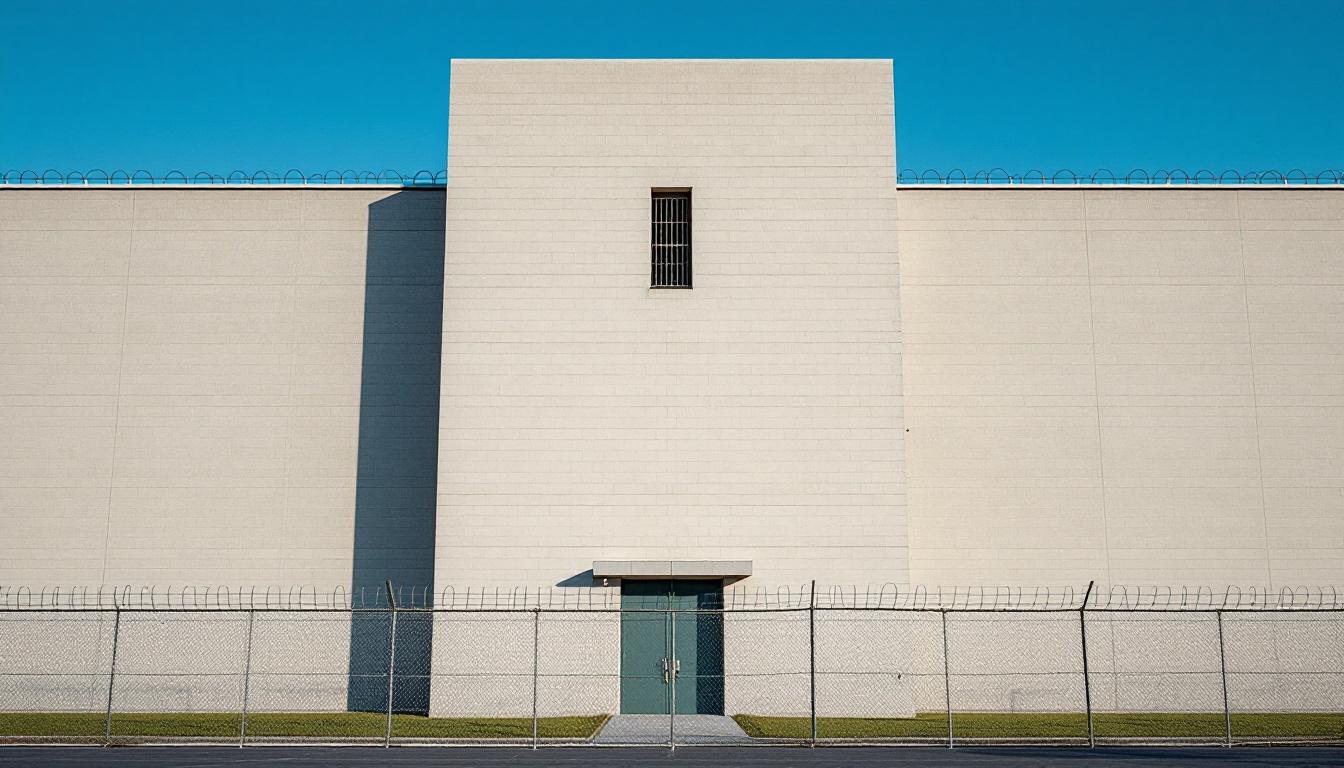
Quick Navigation
How to contact an inmate at United States Penitentiary, Thomson
This comprehensive guide will walk you through how to connect with an inmate at United States Penitentiary, Thomson. Follow the steps below to find an inmate and send letters and photos:
- Search for the inmate using our search tool below
- Create your account or log in to Penmate
- Write your message (up to 6,000 characters)
- Send instantly - inmates receive printed copies daily
Find an Inmate
Search for an inmate to start communicating today
Tip: You can search by first name, last name, or inmate ID number
To contact a person at United States Penitentiary, Thomson start by searching for the person on the official facility website. Perform a search by following these steps:
- Step 1: Enter their first name and last name into the search form and click "Search"
- Step 2: Locate their inmate record
- Step 3: Write down their Inmate ID and any housing information provided
Important! Be sure to enter the person's full name. Nicknames should not be used.
How to Send Messages to Inmates

You can use your phone or computer to send emails, letters, and photos to an inmate. Messages are sent electronically to inmate tablets or kiosks at the facility. If you would like to send a message, start by searching for an inmate at United States Penitentiary, Thomson.
Sending Photos and Postcards

A great way to send love and support to a loved one at United States Penitentiary, Thomson is to send photos and postcards. It only takes a few minutes to send photos from your phone and it makes a huge difference. You can also mail postcards with words of support and inspiration, or design your own postcard for special moments like birthdays and holidays.
Important! Be sure not to send any explicit photos or they may not be approved by the facility. You can also use a photo printing app like Penmate to make sure your photos are printed at the correct size (4x6 or 3x5) and are mailed according to the rules and regulations of United States Penitentiary, Thomson.
Frequently asked questions about United States Penitentiary, Thomson
-
How long does it take to deliver a message?
If you're sending an email message your letter is usually delivered within 24-48 hours. For messages sent via mail you should expect delivery within 3-7 days. All messages will need be approved by United States Penitentiary, Thomson.
-
How much does it cost to send a message to United States Penitentiary, Thomson?
You can send a message free using your phone or mail a message via USPS for the price of a $0.60 stamp and envelope. You can also purchase credits or e-stamps from services starting at $1.99.
-
What services can I use to contact an inmate at United States Penitentiary, Thomson?
Penmate
You can use Penmate to send letters and photos to an inmate from your phone. It's an easy way to stay in touch during your loved one's incarceration. Use the inmate locator to find an inmate's location and contact information, then you can send messages within a few minutes.
Securus messaging
Securus may be another option for communicating with an inmate at United States Penitentiary, Thomson. You can create a friends and family account and purchase credits to send messages. All messages will be reviewed and must be approved by the facility.
JPay
Some county jails and state prisons may support sending messages with JPay. You must register an account with the system, find your loved one, and purchase stamps to send messages. For some locations you can also attach photos.
Smart Jail Mail
You may also check if Smart Jail Mail is available at United States Penitentiary, Thomson. Smart Jail Mail is operated by Smart Communications and has contracted with some state and county jails. After purchasing credits, your messages and photos are sent to the facility, printed out, and then handed out to your loved one.
-
What is the mailing address of United States Penitentiary, Thomson?
Mailing address:
United States Penitentiary, Thomson
1100 1 Mile Rd
Thomson, IL 61285
Phone: (815) 259-1000Business hours:
- Monday: Open 24 hours
- Tuesday: Open 24 hours
- Wednesday: Open 24 hours
- Thursday: Open 24 hours
- Friday: Open 24 hours
- Saturday: Open 24 hours
- Sunday: Open 24 hours
-
What are the visiting hours at United States Penitentiary, Thomson?
Visiting hours at United States Penitentiary, Thomson vary by housing unit and security level. Generally, visits are scheduled on weekends and holidays, with some facilities offering weekday visits. Contact the facility directly at (815) 259-1000 or check their website for the current visiting schedule. Visits typically last 30-60 minutes and must be scheduled in advance.
-
What items are prohibited when sending mail to United States Penitentiary, Thomson?
Prohibited items typically include: cash, personal checks, stamps, stickers, glitter, glue, tape, staples, paperclips, polaroid photos, musical or blank greeting cards, hardcover books, magazines with staples, and any items containing metal or electronics. Only send letters on plain white paper with blue or black ink. Photos must be printed on regular photo paper (no Polaroids). Always check with United States Penitentiary, Thomson for their specific mail policies.
-
How do I send money to an inmate at United States Penitentiary, Thomson?
You can send money to an inmate at United States Penitentiary, Thomson through several methods: 1) Online using JPay, Access Corrections, or the facility's approved vendor, 2) Money orders mailed directly to the facility with the inmate's name and ID number, 3) Kiosks located in the facility lobby, or 4) Over the phone using a credit or debit card. Fees vary by method, typically ranging from $2.95 to $11.95 per transaction.
-
Can I schedule a video visit with an inmate at United States Penitentiary, Thomson?
Many facilities now offer video visitation as an alternative to in-person visits. At United States Penitentiary, Thomson, video visits may be available through services like Penmate, Securus Video Connect, GTL, or ICSolutions. Video visits typically cost $10-20 for 20-30 minutes and must be scheduled in advance. You'll need a computer or smartphone with a camera and reliable internet connection. Contact the facility for their specific video visitation policies and approved vendors.
-
What identification do I need to visit an inmate at United States Penitentiary, Thomson?
All visitors must present valid government-issued photo identification such as a driver's license, state ID, passport, or military ID. Minors must be accompanied by a parent or legal guardian who can provide the minor's birth certificate. Some facilities require visitors to be on the inmate's approved visitation list, which may require a background check. Contact United States Penitentiary, Thomson for specific ID requirements and visitor approval procedures.
-
How can I find out an inmate's release date?
To find an inmate's release date at United States Penitentiary, Thomson, you can: 1) Use the online inmate search tool if available, 2) Call the facility's records department, 3) Contact the inmate's case manager or counselor, or 4) Have the inmate provide this information during a call or visit. For privacy reasons, some facilities only release this information to immediate family members.
Facility Overview
Contact Information
United States Penitentiary, Thomson1100 1 Mile Rd
Thomson, IL 61285
Phone: (815) 259-1000
Official Website
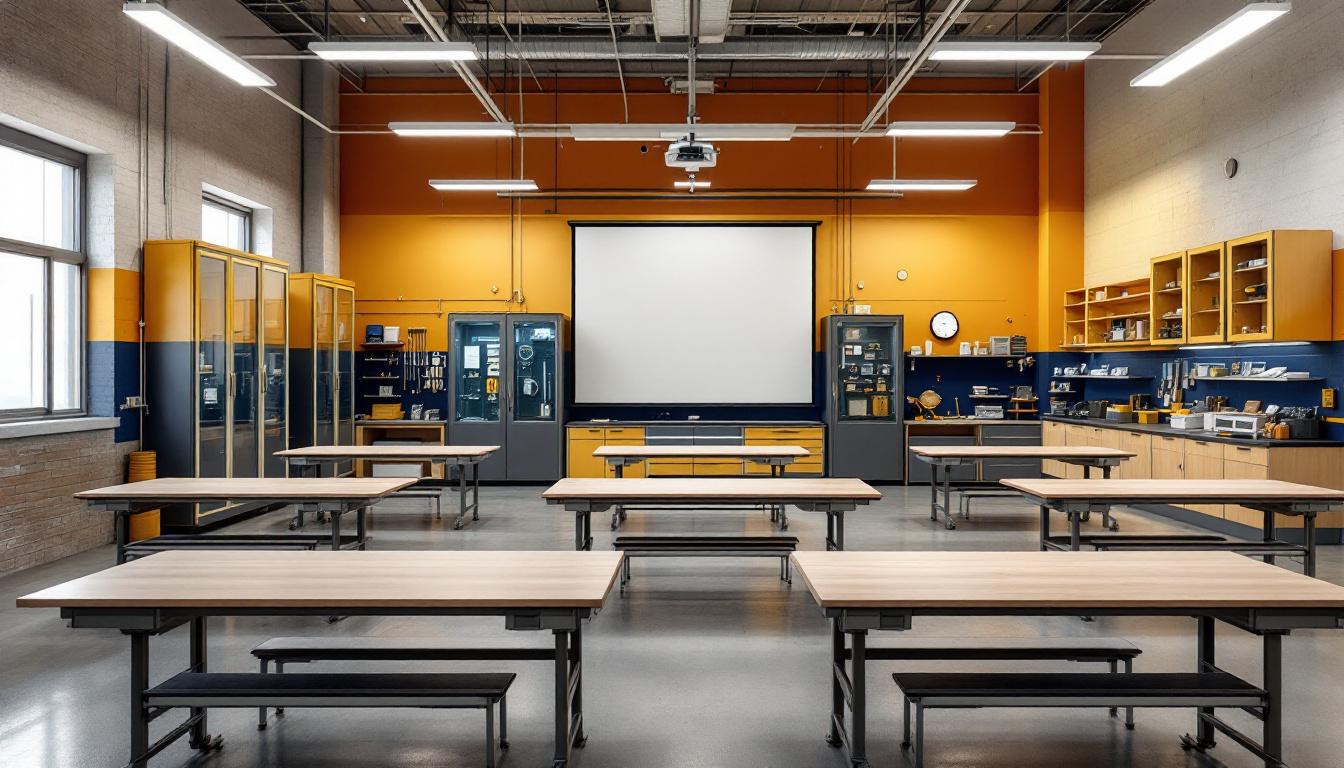
About United States Penitentiary, Thomson
Nestled in the rural landscape of northwestern Illinois, Thomson serves as home to USP Thomson, a federal correctional facility that plays a significant role in the Bureau of Prisons system. This high-security institution operates with a dual commitment to maintaining stringent security protocols while fostering meaningful rehabilitation opportunities for its residents. The facility's location in this quiet Midwest community reflects the broader regional approach to corrections, where institutions often balance the need for secure containment with programs designed to prepare individuals for eventual reintegration into society.
The facility typically emphasizes evidence-based programming that may include educational opportunities, vocational training, and behavioral intervention services. Residents generally have access to various support services that focus on skill development and personal growth, recognizing that successful outcomes depend on addressing underlying factors that contribute to criminal behavior. These programs often incorporate elements such as literacy education, substance abuse treatment, and job readiness training, though specific offerings may vary based on security considerations and individual assessment needs.
USP Thomson's operational framework generally aligns with federal standards for high-security facilities, maintaining rigorous safety protocols while working to create an environment where positive change can occur. The institution's approach to rehabilitation typically includes mental health services, religious programming, and recreational activities designed to support residents' overall well-being. Staff members generally work to balance the facility's security mission with its commitment to providing opportunities that may help reduce recidivism and support successful community reentry, reflecting the evolving understanding of effective correctional practices in the modern era.
Programs & Services
Educational and therapeutic initiatives at USP Thomson typically focus on addressing the diverse needs of residents through comprehensive programming. The facility's approach emphasizes skill development and personal growth opportunities that may support successful community reintegration. These initiatives often include structured learning environments where residents can work toward meaningful goals while developing practical life skills.
Educational services form a cornerstone of the facility's programming, with high school diploma programs offering residents the opportunity to complete their secondary education. Vocational programs may deliver hands-on training in various trades and technical skills that are often valued in the job market. Furthermore, these educational initiatives typically include basic literacy and numeracy support for residents who need foundational academic assistance. The recycling programs may provide both environmental awareness education and practical work experience for participants.
Support services and therapeutic initiatives often include mental health treatment designed to address underlying issues that may have contributed to residents' circumstances. Life coaching services typically focus on helping residents develop decision-making skills, goal-setting abilities, and personal accountability. Furthermore, these therapeutic initiatives may deliver individual and group counseling sessions that support emotional well-being and behavioral change. The combination of educational, vocational, and therapeutic programming often creates a comprehensive approach to resident development and preparation for eventual community reentry.
Daily Life & Visitation
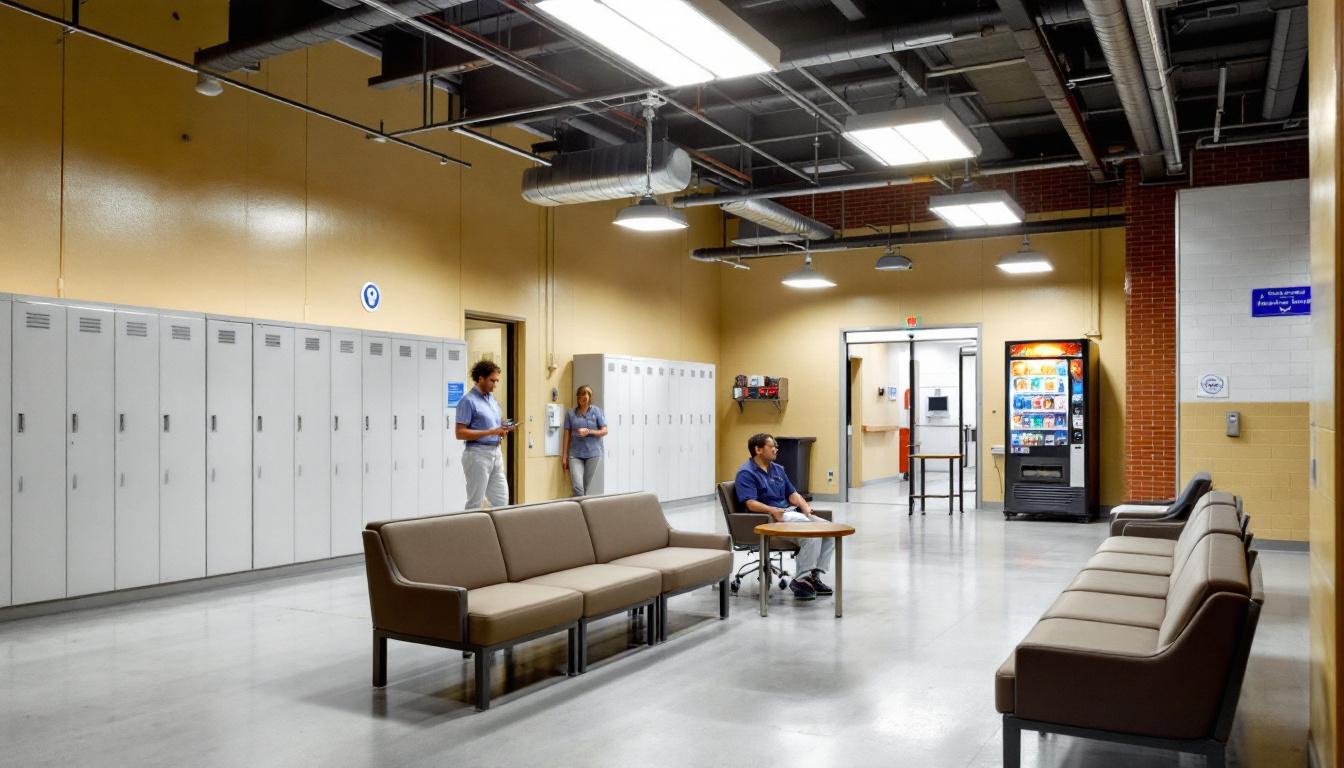
Structured routines now anchor each day with predictable schedules that residents can rely upon. Wake-up calls typically occur in the early morning hours, followed by scheduled count times that happen regularly throughout the day. Meal service generally takes place at designated hours in the dining hall, where residents gather for breakfast, lunch, and dinner. Work assignments and programming activities deliver consistent structure, with residents often participating in facility maintenance, food service, or other institutional operations during designated periods.
Living accommodations typically consist of shared cells or housing units where residents store their personal belongings and rest during non-programming hours. The commissary usually operates on scheduled days, allowing residents to purchase approved items to supplement their basic necessities. Furthermore, recreational opportunities may include access to outdoor exercise areas, indoor recreation spaces, and library services, though these activities generally follow established schedules and security protocols appropriate for a high-security facility.
Programming schedules often include educational opportunities, vocational training, and other structured activities designed to provide meaningful engagement during incarceration. Although visitation policies typically involve security screening procedures, family members can usually maintain contact through scheduled visits and approved communication methods such as monitored phone calls and correspondence. These connections with loved ones, combined with the predictable daily routine, help residents maintain stability while serving their sentences at the facility.
Ready to Connect?
Start communicating with your loved one today
Search for an Inmate

